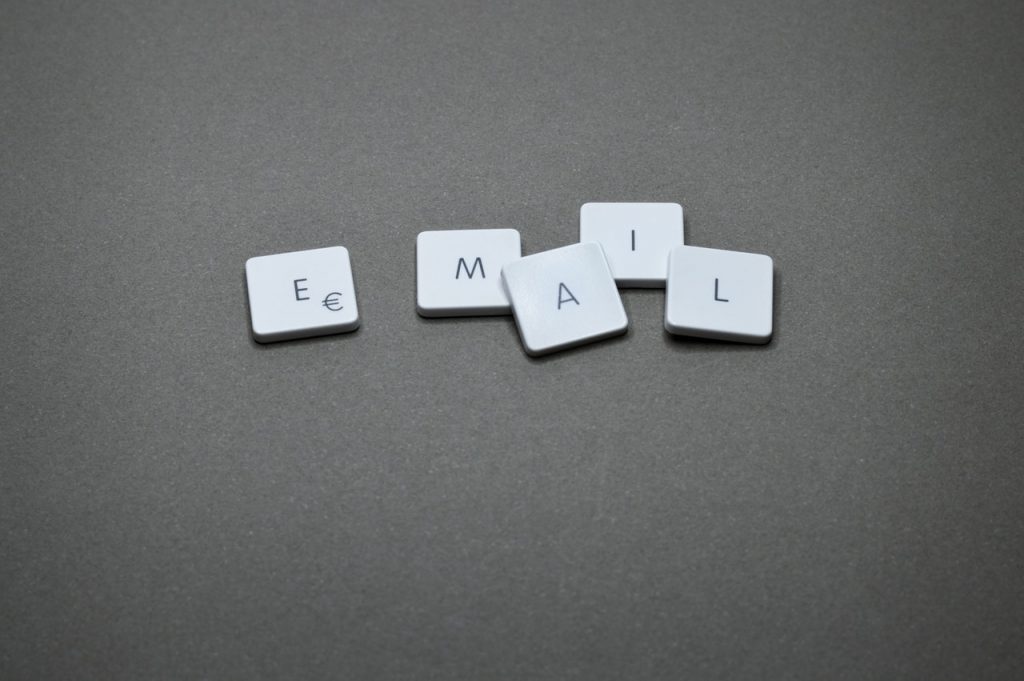As a marketer, you want to find the right number of emails to send to get a positive response and not overwhelming subscribers. You don’t want to annoy subscribers or make them lose attention to your numerous emails. Unlike in the past, where people thought emails were annoying, today, email marketing is getting popular. Email marketing can help your brand tremendously if you know when and how many emails to send.
Quick Links
Rules Of Successful Email Mailing
Email marketing is one of the most powerful ways you can utilize your brand. Sometimes, you might not know where to start – that’s why we’ve gathered these 5 rules of successful email marketing for you.
Keep It Short
You’Ve probably been told many times to keep your emails short because people have no time to read a long document. Whether you are a top-mom working from home or somewhere in the office, you should understand most people read short emails. When in doubt, keep it short by sending at least 200 words.
Salespeople have realized the benefits of email marketing and the importance of understanding email marketing frequency 2021 strategies. This is why it’s necessary to learn how to write short but appealing sales emails that subscribers want to reply to. You would be wasting your time and resources if you wrote emails that nobody wants to read. Although you want people to read your emails, don’t make them too short.
Frequency – What’s The Best Email Marketing Frequency 2021?
One of the best ways to succeed in email marketing is by asking yourself how many marketing emails is too much? One way to succeed in email marketing is to develop the right relationship with your potential and current customers by sending several emails over time.
Most marketers struggle to find the right number of emails to send to subscribers. In order to succeed, get to understand email frequency best practices 2021 has to offer. There isn’t an exact number of how many emails you should send; however, if you send too many, you will annoy your subscribers, and if you send less, they might look for another service/product provider.
Personalise your message
When an email is relevant to your target audience, the email is more likely to result in a conversion – whether that’s a sale, a sign-up to a webinar or event, or a download of content. But to make your message more relevant, you need to personalise your email campaigns.
Personalisation could be as simple as addressing your subscribers by name. Or it could be as advanced as segmenting your contacts based on their interests and behaviours and delivering tailored messages based on these shared traits. For example, if you’re an eCommerce brand selling products to men and women, it’s a good idea to segment your list by gender. You can also segment subscribers by their recent campaign activity to build upon your recent messages and nurture your contacts to your desired goal.
Mobile-Friendly
Mobile-friendly emails draw in more consumers
Almost everybody owns a smartphone and uses it daily. Most people don’t sit in front of their computers, reading emails when they can do it with their phones on the go. This email marketing strategy is not an option; it is a necessity. You need to take advantage of the growing number of smartphone users and make your services mobile-friendly. This allows you to reach more people; individuals carry their phones everywhere; this will enable them to see your campaigns in real-time.
If you continue focusing on email marketing for desktop users only, chances are, your campaign will not reach the intended audience. It’s necessary to adapt to changing times; mobile users will continue to increase.
Utilize mobile-friendly templates to make it easier to read emails; mobile-friendly templates get more clicks. Ensure that your emails have a responsive structure; this way, both desktop, and mobile designs will look alike. If you choose to include images, ensure that they are not too large to download.
Goals
Having a goal for every email allows you to work with email frequency analysis and understand what kind of messages to send. You can’t just send any email to your subscribers or email list. Every message you send to your email list should have a purpose so that you can measure and define success.
Setting goals allows you to increase your subscriber list, engagement, and grow your brand; this makes it easy to understand what strategies you need to communicate with your customers. Asking relevant questions helps you to send the right emails. For instance, what do you want to communicate to your subscribers, and what actions do you want them to take? Who are you sending these messages to? How will you measure and define success?
Measure Your Campaigns
Measuring the success of your email marketing strategy is essential because it shows you how much revenue you have made and the number of customers you attract. It’s necessary to measure your delivery rates; a high rate means that you are reaching the right audience. A low rate is an indication that you need to put more effort into getting the correct subscriber list. Delivery rates determine the success or failure of your emails. You should also measure the bounce rate; the percentage of total emails that were sent but did not reach the subscriber’s email.
Conclusion
Email marketing has been around for a while. It allows you to connect with subscribers and turn them to customers over time. Email marketing is successful because most people check their emails daily.
How do you utilize email marketing? Please leave a comment.
Author’s Bio:
The author is a freelance blogger and a marketing and sales manager for a local company top-mom.com. She helps individuals learn and succeed in content and social marketing in today’s world of technology. Apart from being a tech and marketing geek, she enjoys learning by attending annual workshops and conferences.

